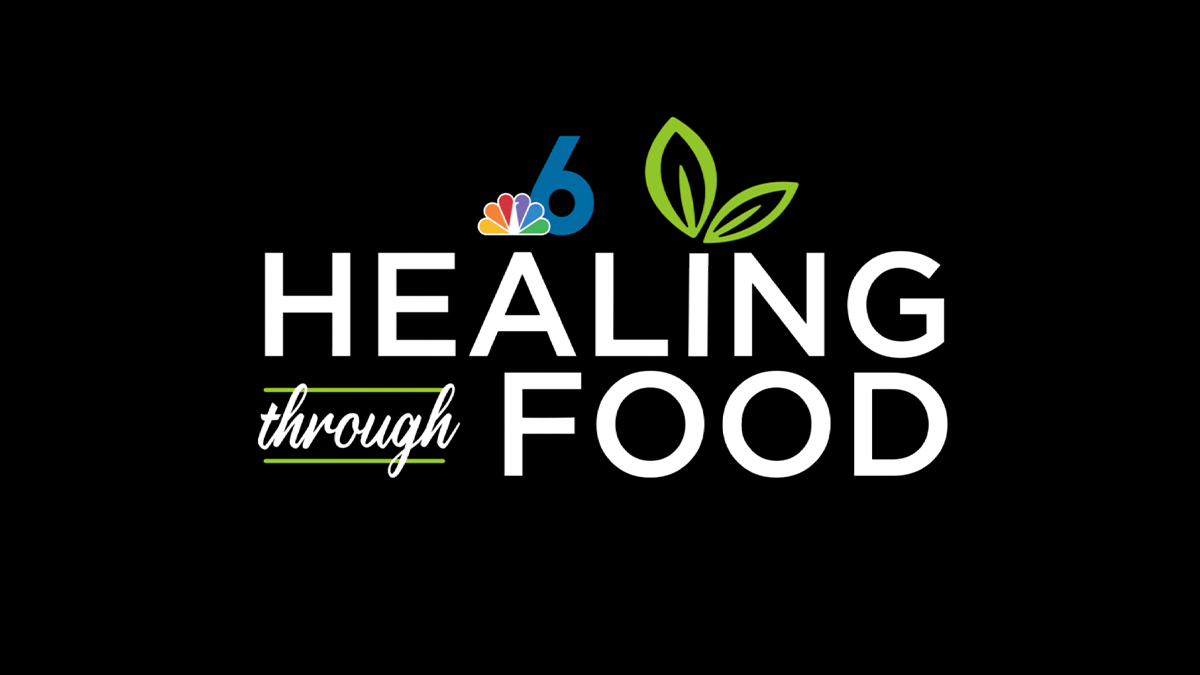Have you committed yourself to a healthier lifestyle in 2023? Before making plans to eat better in the new year, it's important to learn how to read and understand nutrition labels on packaged goods.
Since 2020, nutrition labels at grocery stores have looked different as a result of changes by the Food and Drug Administration.
The text of the serving size and calories is bigger and bolder, and the daily values have been updated to include sugars, Vitamin D and Potassium.
These changes were implemented to help consumers better understand nutrition labels — but do they actually help?
Get South Florida local news, weather forecasts and entertainment stories to your inbox. Sign up for NBC South Florida newsletters.
Carla Duenas, a dietician at Baptist Health, breaks down two important parts of every nutrition label: daily values and ingredient lists.
HEALTH AND WELLNESS
Understanding Daily Values
Duenas says the first thing to know is which nutrients are healthy and which aren’t. She specifically recommends looking out for the 3 S’s: saturated fats, sodium, and added sugars.
She says these are three things we want to eat less of in our health journey. Alternatively, she says to look for products that are higher in fiber.
But, how do we know if a number is considered high or low? Duenas says, "quickest way to know is with the percentages of the daily value."
"A very quick tip is: if it’s 5 percent or less, we can say that’s low. If it’s 20 percent more we can say that is high,” said Duenas.
For example, let’s say a label shows 20% saturated fat per serving, that’s considered high for the amount we should eat in a day.
“Those percentages can really guide you to make the healthiest choice to eat,” according to Duenas.
Understanding Ingredients
When it comes to the ingredients list, sometimes, it’s filled with words that we can’t understand or pronounce.
“In general that ingredient list is always listed in descending weight," Duenas says.
For that reason, she recommends focusing on the first three to five ingredients.
Duenas adds that the shorter the list, the healthier the item will be.
"If you’re choosing, for example, yogurt, you want the first ingredient to be milk, not sugar," she says.
The same goes for other products like cereal and granola bars. "We want a wheat product or starch — not the sugar, not the oils,” she added.
Duenas also warns about the importance of being aware of added sugars. She says companies will often use a different name to sneak in some extra sweetness in plain sight.



